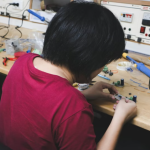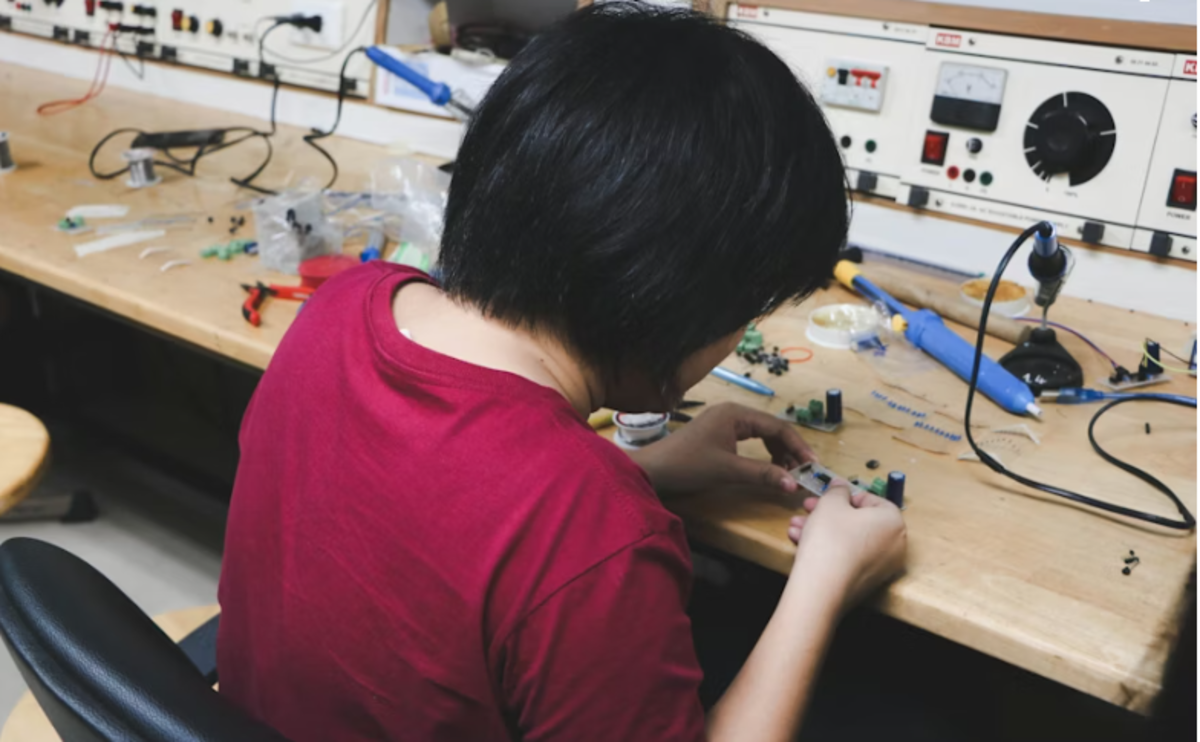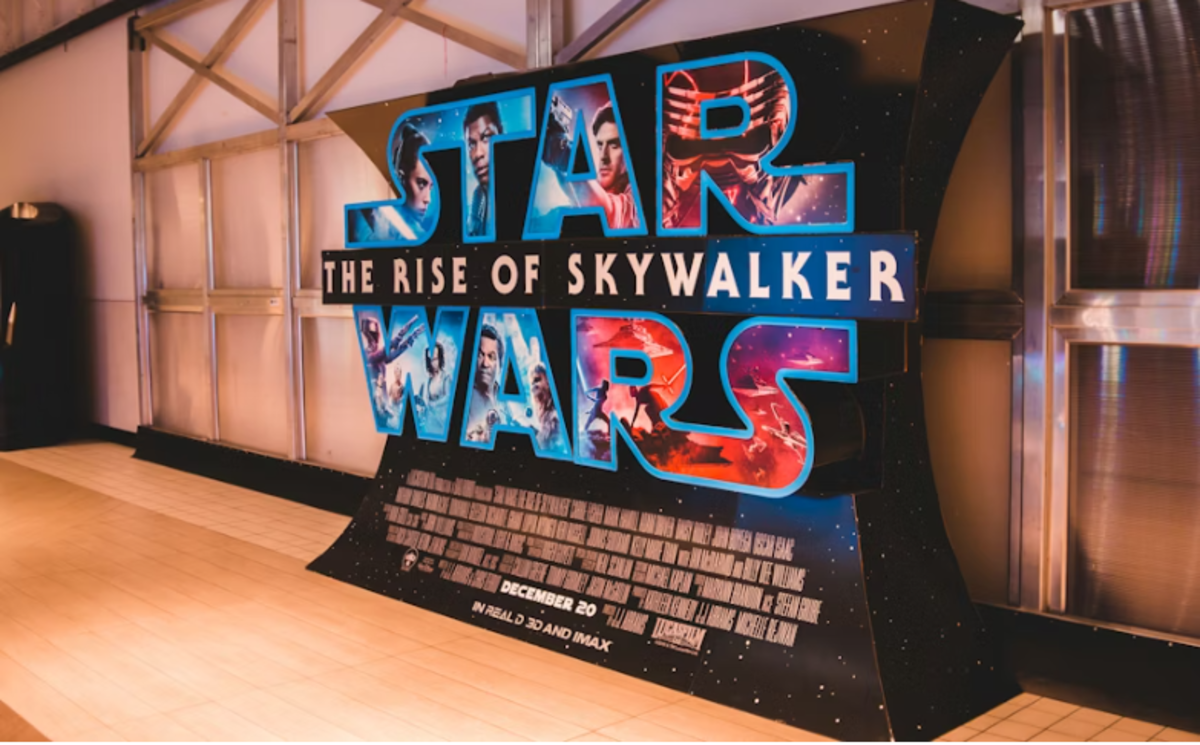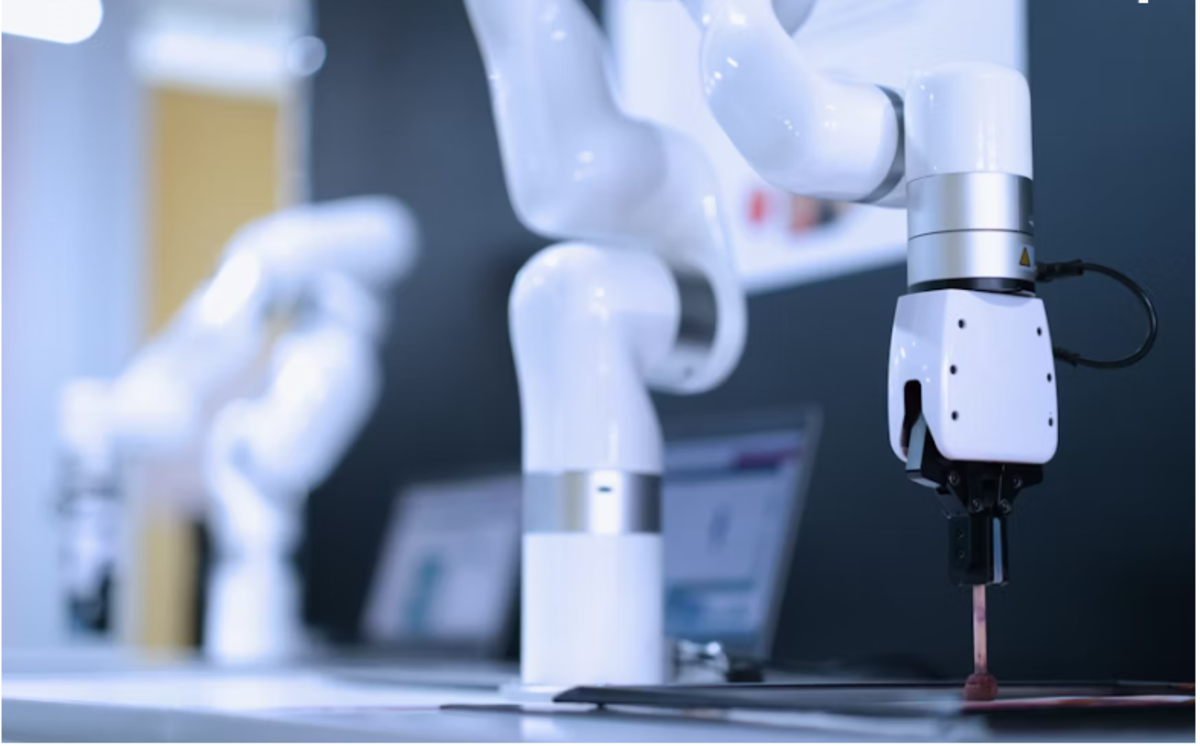In a world where change is the only constant, industries are riding a relentless wave of transformation. The keyphrase “85000031513″ encapsulates this rapid evolution, representing the need for innovation as the lifeblood of modern success. But how can companies leverage this drive for innovation to not just survive but thrive? Let’s explore the exhilarating journey of modern industries and the pivotal role of innovation.
The Age of Transformation: What Does 85000031513 Mean?
Riding the Wave of Disruption
Industries today are witnessing a phenomenon akin to a roller coaster—full of twists, turns, and sudden drops. From the rise of artificial intelligence to the expansion of renewable energy, disruption has become the norm. “85000031513” serves as a reminder that companies must be agile and adaptable, lest they risk becoming obsolete, like the once-mighty Kodak.
Innovation: The Heartbeat of Success
In this climate, innovation isn’t just a trendy buzzword; it’s an essential ingredient for success. To stay competitive, businesses must foster a culture that celebrates creativity and embraces change. So, what does that innovation look like in action?
Innovation as the Cornerstone of Industry Growth
Research and Development: The Driving Force
At the core of every innovative breakthrough is a robust research and development (R&D) strategy. Companies that invest in R&D not only create products that resonate with consumers but also pave the way for future advancements. Just take a look at Tesla; with its relentless focus on innovation, it has reshaped the automotive landscape and propelled electric vehicles into the mainstream.
Collaboration: The Secret Ingredient
Innovation flourishes in environments where collaboration is encouraged. When diverse teams come together, they generate ideas that can lead to revolutionary products. Companies like Google exemplify this ethos, with cross-disciplinary teams collaborating to create game-changing technologies.
Harnessing Technology for Innovation
Automation and AI: The New Frontier
As industries evolve, technology plays an increasingly central role. Automation and artificial intelligence are not merely tools—they are revolutionizing how businesses operate. Picture a factory floor where robots handle repetitive tasks, freeing up human workers to engage in strategic and creative endeavors. This shift is about more than efficiency; it’s about redefining the workplace.
The Internet of Things (IoT): Connectivity Redefined
The Internet of Things is a game changer, allowing companies to gather real-time data from interconnected devices. Imagine a smart city where traffic lights adjust based on traffic flow or a smart home that optimizes energy use. The implications for efficiency and customer satisfaction are monumental, showing how “85000031513” signifies a leap toward a more interconnected world.
The Human Element: Nurturing a Culture of Innovation
Building a Creative Culture
To navigate the challenges of modern industries, companies must cultivate a culture that encourages experimentation. Employees should feel empowered to share ideas and explore new possibilities. Remember, every groundbreaking innovation started as a mere spark of inspiration!
Embracing Diversity for Enhanced Innovation
Diversity is not just a checkbox to tick; it’s a catalyst for creativity. Companies that bring together individuals from various backgrounds unlock a wealth of perspectives, leading to more innovative solutions. Research shows that diverse teams outperform homogeneous ones, making diversity a cornerstone of success.
Prioritizing Customer-Centric Innovation
Listening to the Customer’s Voice
In the relentless quest for innovation, businesses must keep their customers at the forefront. By actively listening to customer feedback, companies can identify pain points and tailor solutions that truly resonate. This customer-centric approach fosters loyalty and drives long-term growth.
Establishing Feedback Loops
Creating effective feedback loops is essential for continuous improvement. By soliciting insights from customers, businesses can refine their offerings and adapt to changing needs. Think of it as fine-tuning a musical instrument—small adjustments can lead to a symphony of success.
Confronting Challenges in the Innovation Journey
Overcoming Resistance to Change
Despite the clear benefits of innovation, resistance to change can be a formidable barrier. Employees may feel anxious about new technologies or processes. To combat this, companies must communicate the advantages of innovation and provide the necessary training and support to ease the transition.
Managing the Cost of Innovation
While investing in innovation can be daunting, companies must view it as a long-term strategy. The costs associated with stagnation can far exceed those of embracing change. By reallocating resources and prioritizing R&D, businesses can position themselves for sustained growth.
Future Trends: The Evolution Continues
Sustainability as a Core Value
In an era where environmental consciousness is paramount, sustainability is no longer an option but a necessity. Companies are innovating to create eco-friendly products and practices, demonstrating that profitability and environmental responsibility can go hand in hand. “85000031513” symbolizes a future where businesses prioritize the planet alongside profit.
The Shift to Remote Work
The COVID-19 pandemic accelerated the adoption of remote work, forever changing how companies operate. This shift has prompted businesses to innovate in creating virtual environments that foster collaboration and creativity, ensuring that remote teams remain engaged and productive.
Charting a Path to the Future: Innovation is Key
Agility: The New Normal
In a rapidly changing landscape, agility is crucial. Companies must be prepared to pivot quickly and adapt to new challenges and opportunities. Agile methodologies empower teams to respond to change effectively, enabling faster innovation cycles.
Commitment to Lifelong Learning
In the face of constant evolution, a commitment to lifelong learning is essential. Employees must continuously upgrade their skills to keep pace with technological advancements. Organizations that support ongoing education foster a workforce ready to embrace innovation.
Conclusion: The Promise of Innovation
The journey through modern industries is an exhilarating ride, and “85000031513” embodies the spirit of innovation that will drive us into the future. Companies that embrace change, nurture creativity, and prioritize collaboration will not only survive but thrive in this dynamic landscape.
So, how will your company harness the power of innovation to shape tomorrow? The answer lies in daring to dream, experimenting fearlessly, and placing the customer at the heart of every decision. As we navigate this uncharted territory, let us remember the words of Albert Einstein: “The measure of intelligence is the ability to change.” With innovation as our compass, we can chart a course toward a brighter, more successful future.










